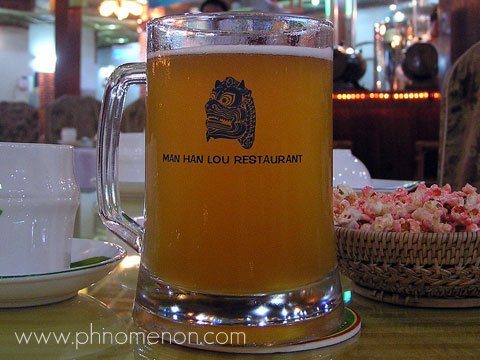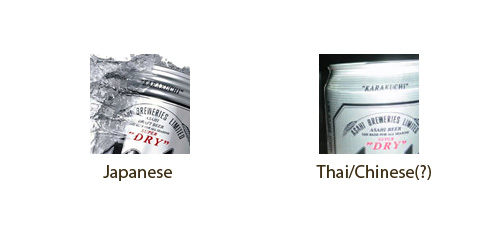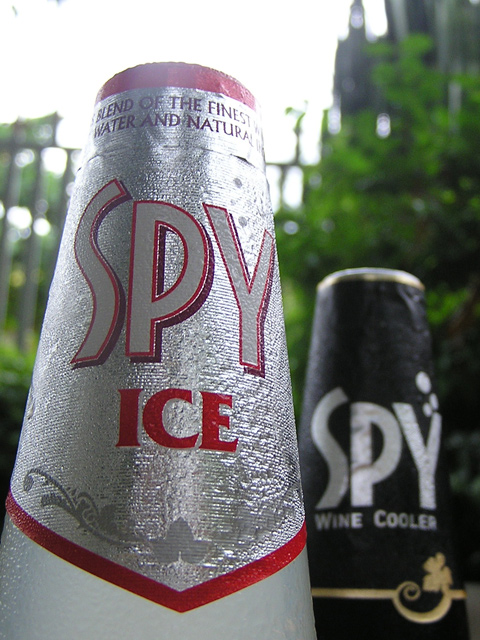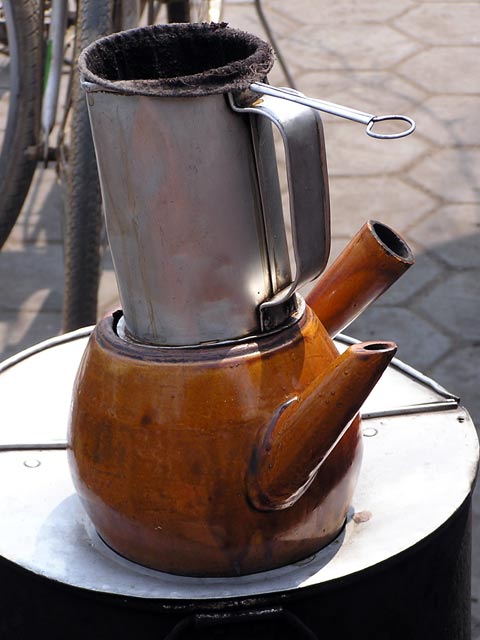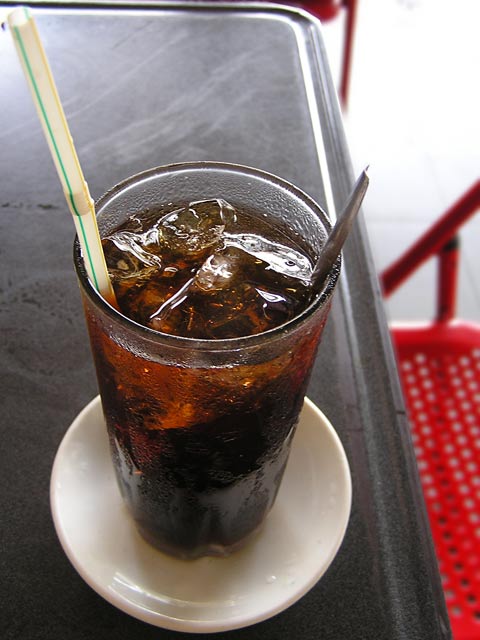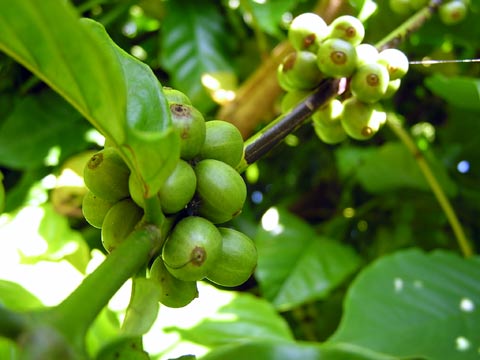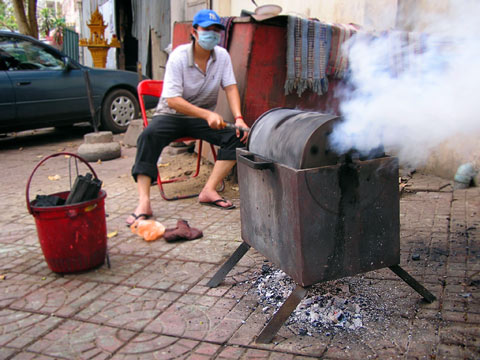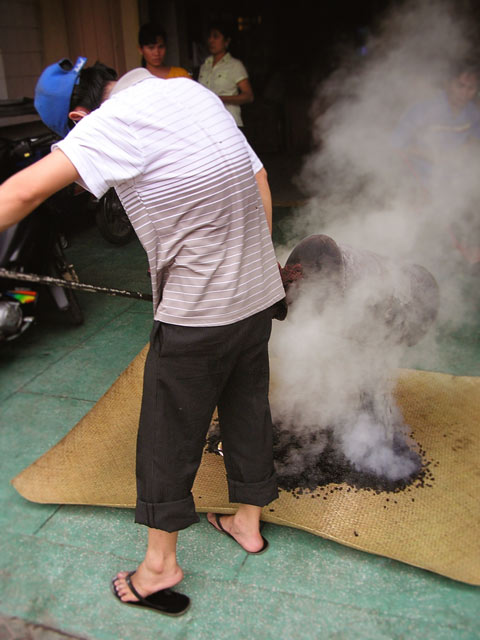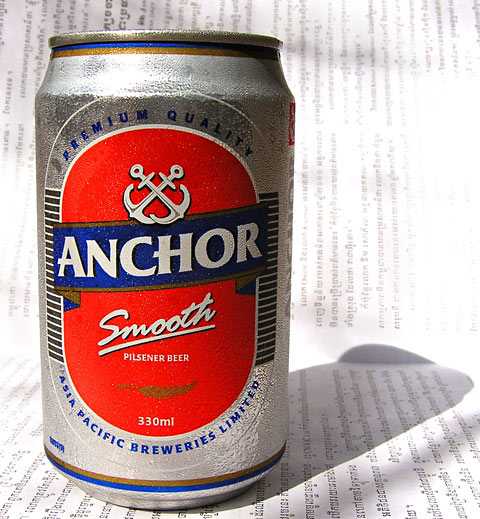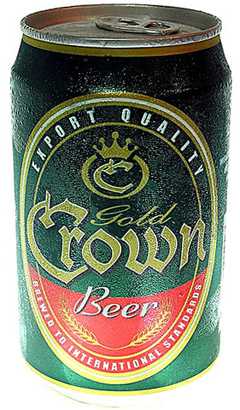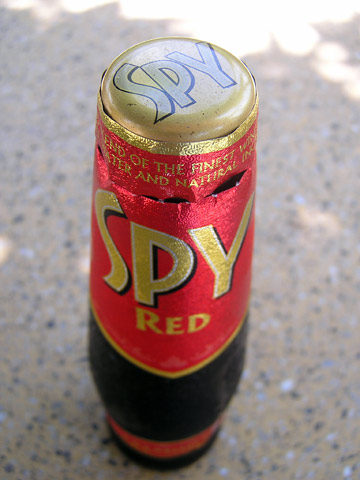For those of you unfamiliar with the pantheon of Australian beer, Australia has a similarly named Crown Lager. For countless years, it masqueraded as a premium lager, thinly disguised behind its smug golden foil cap and flowery font. I still harbour the lurking suspicion that it is actually Foster’s Lager in a fancy bottle, but wouldn’t know, because Australians don’t actually drink Foster’s.
Sadly, you can’t polish a turd.
The best thing I can say about Gold Crown is that unlike Crown Lager, it holds no delusions of grandeur. The worst thing I can say about it is that it smells like boiled cabbage. Along with the light vegetable aroma, there is a little malt sweetness and it is slightly thicker than your average forgettable Asian lager. In 2004, Gold Crown received a bronze medal in the World Beer Cup in the European Style Pilsener category. According to my handy beer judging guide:
European Pilseners are straw/golden in color and are well-attenuated. This medium-bodied beer is often brewed with rice, corn, wheat, or other grain or sugar adjuncts making up part of the mash. Hop bitterness is low to medium. Hop flavor and aroma are low. Residual malt sweetness is low; it does not predominate but may be perceived. Fruity esters and diacetyl should not be perceived. There should be no chill haze.
In non-beer nerd speak: European-style pilseners should be as bland as humanly possible. Cambodia should consider itself proud to be home to another beer whose crowning achievement is a bronze medal in vapidity.
Cambodia Brewery says that Gold Crown is aimed at the “economy” segment of the market, which in Cambodia, is practically everyone that can afford beer. Those guys are marketing geniuses.
If I could crown this beer, I would dub thee: King Insipid Of Rotting End
Availability: All Cambodia, but tends not to be stocked in tourist/expat bars. Can only.

